With a two night stay in their on site accommodation (The House Over-By) and consecutive dinners booked in the restaurant, we really hope we are going to like it or things could get a little awkward for everyone. Expectation too can be the enemy of experience and we had been looking forward to our Skye holiday for some time. Fortunately, there was no need to worry, The Three Chimneys is absolutely fantastic, the food, everything you could ever wish for on a plate, and all the people there so lovely that when it was time to leave, even though it had been just two days, we felt that we were saying goodbye to old and dear friends.
Dining options at The Three Chimneys centre on two menus, an a la carte and a tasting menu (Taste of Skye), both of which can be enjoyed in the cosy front restaurant, while the tasting menu can also be taken at the Kitchen Table, which here, is exactly that, a table in the kitchen with space for up to six people. But this is more than just a chefs table experience peering into the kitchen form a favourable vantage point, for all guests at the kitchen table are invited to get up from the table between courses and be a part of the kitchen, stand at the pass if you like, talk to the staff and generally be involved. On our part, after a few queries of 'really?' and 'sure you don't mind?' to Michael, it was clear that it is a genuine invitation to join the kitchen family and we soon lost all inhibitions to wander freely around the kitchen at will. And to be clear on this point, this is their normal practice and not simply an invitation extended to us as bloggers. Without doubt it is one of the friendliest and most welcoming kitchens we have ever stepped in.
The menu they offer is heaven and includes everything you would hope to find when going north of the border: oysters, crab, lobster, prawn, scallop, lamb, venison. As the menu name suggests, Taste of Skye, this is a very local affair so that oysters are from just over the way, the crab from Loch Bracadale on Skye, the lobster from Loch Dunvegan on Skye... you get the idea. A splash of Talisker also finds its way onto the menu just in case the penny has still not already dropped.
We love the Scottish larder and this is a beautiful Scottish affair. Chef Michael clearly has a deep affinity with the local area and that translates into a massive respect for the ingredients. There are nods to heritage so the meal starts with tiny bowl of Scotch broth that is hearty and comforting and leaves you wanting more (which we fabulously got the next day for lunch). Colbost Skink comes with Stornoway black pudding (Marag Dubh) and a drizzle of Talisker, perfect for a Hebridian February night (was raining cats and dogs outside).
Other big flavours come for example with the lamb rib where Talisker again lends smokiness to the deep and sticky BBQ sauce, but Michael also displays much lighter touches where required. The early seafood dishes such as the crab, lobster and scallop are all well judged affairs, nicely enhanced with the additions on the plate but never gilded, so the point of the dish is never lost and the principal ingredients shine; it's Scottish seafood heaven.
The other special mention must go to The Three Chimneys famous marmalade, an allowable exception to their local ethos. The marmalade pudding has been on the menu for 30 years and is unlikely to ever come off and it is absolutely fabulous, while serving it with Drambuie custard then moves it on a step further to pudding nirvana. On the tasting menu it is sightly transformed into an orange marmalade souffle, but really, don't go all the way to Skye and leave without having eaten this pud.
This was a glorious meal, fun to eat but serious in execution, and a beautiful celebration of local ingredients. If Robbie Burns is Scotland's national poet, Michael Smith must surely be a candidate for their national chef (and he is @kiltkuisine on Twitter after all). For us, spending a night at the Kitchen Table, enjoying this food, being a nuisance in the kitchen yet still being so warmly embraced there, not only was a it a highlight of the holiday, it was as much fun as we can remember having in a restaurant since starting the blog. It made us happy then and it makes us happy now simply remembering.
The Three Chimneys is 633 miles from our house but is without doubt worth every mile of the journey. We are already plotting our return.
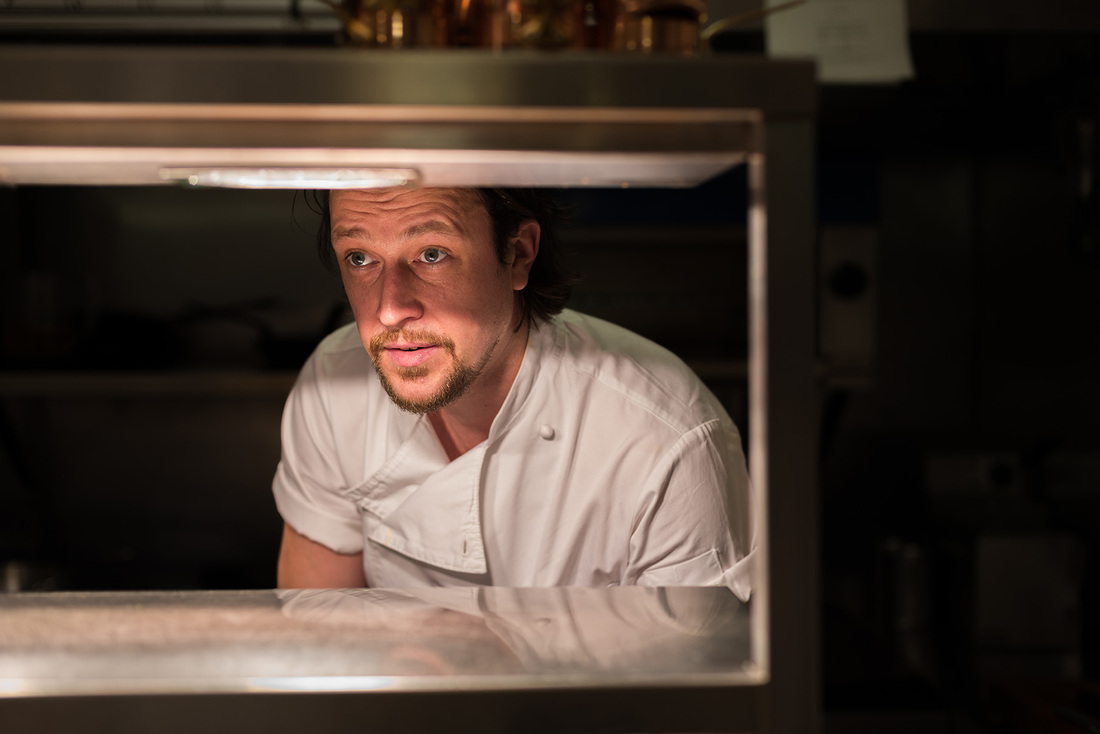

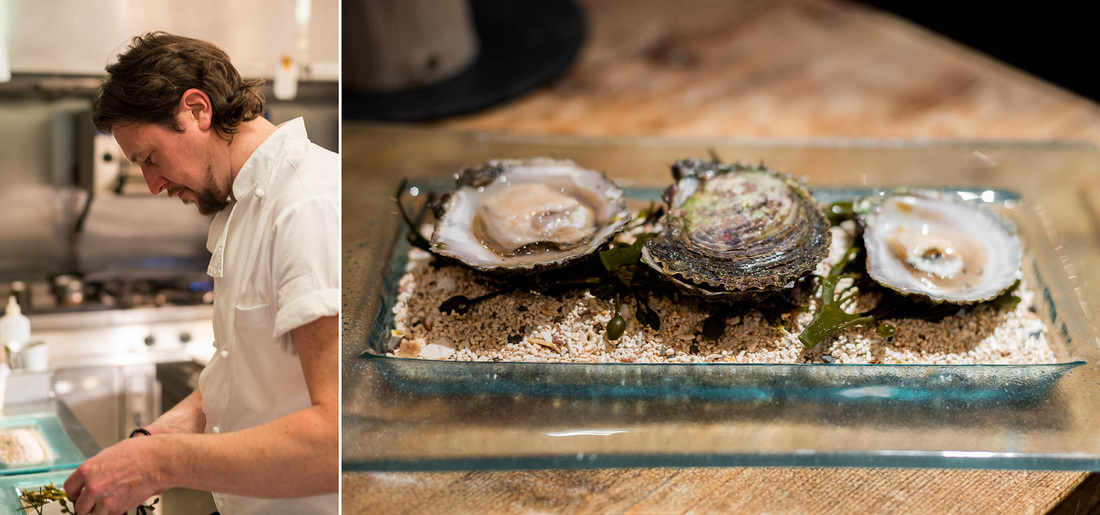
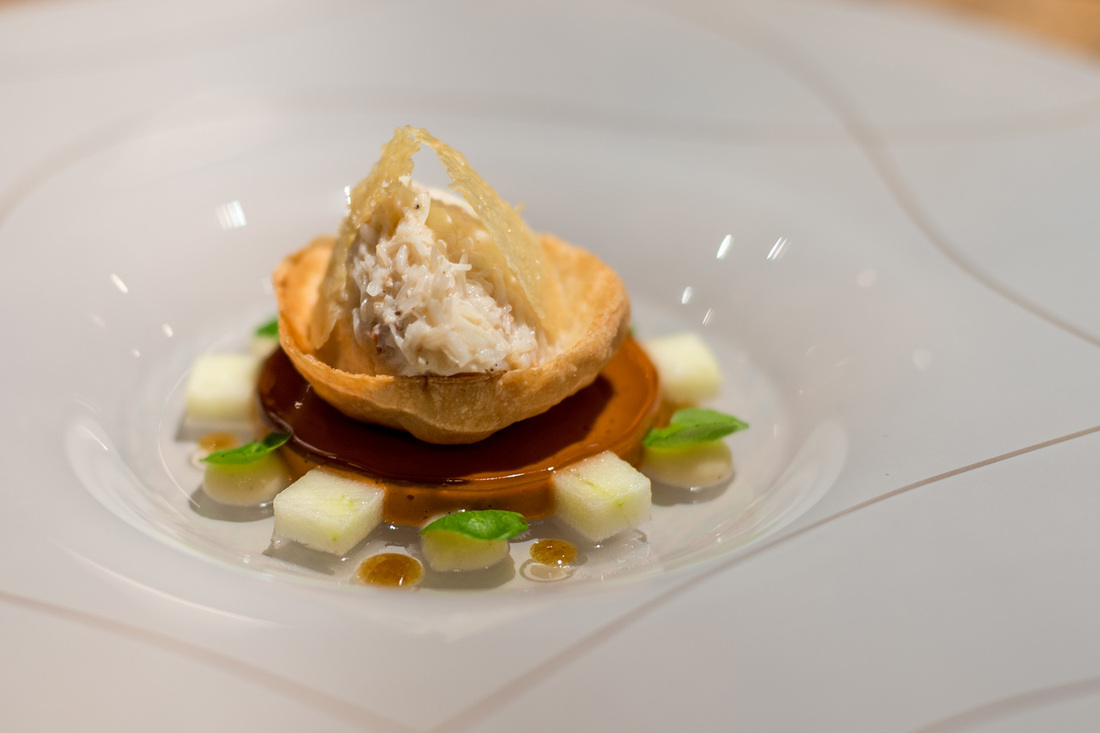
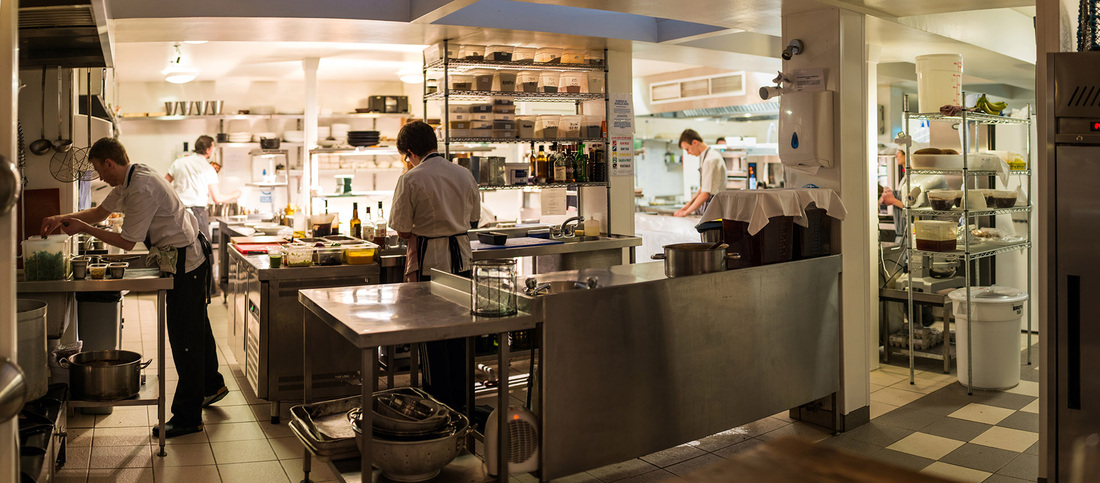
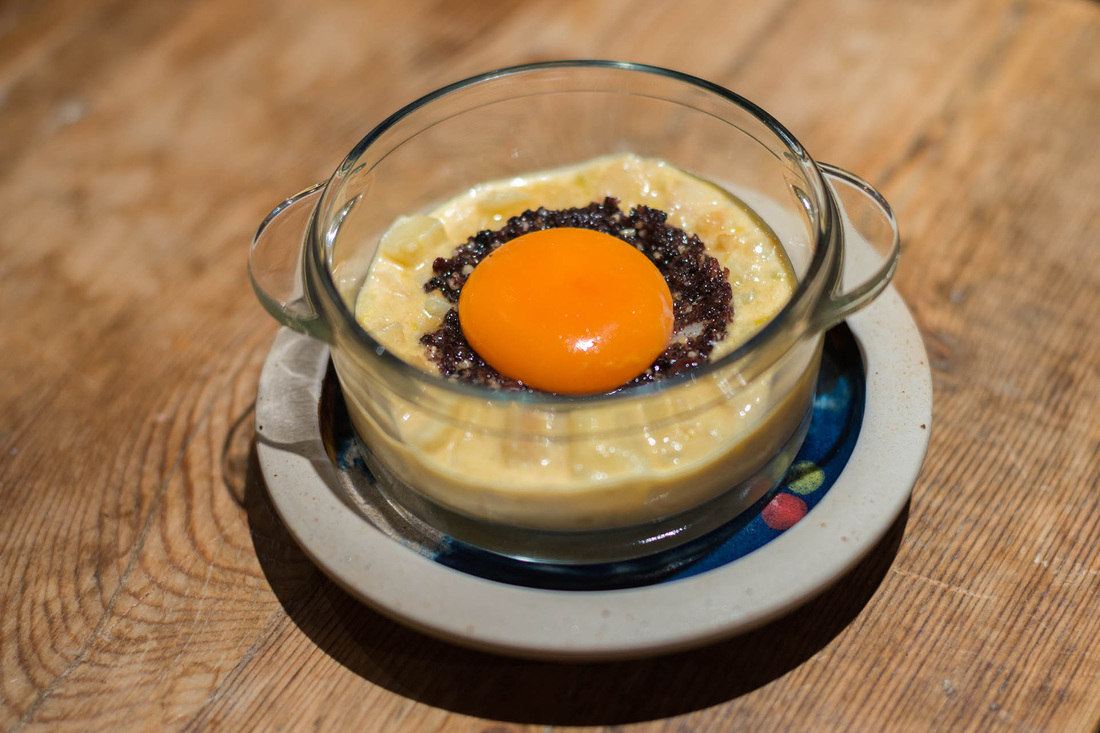
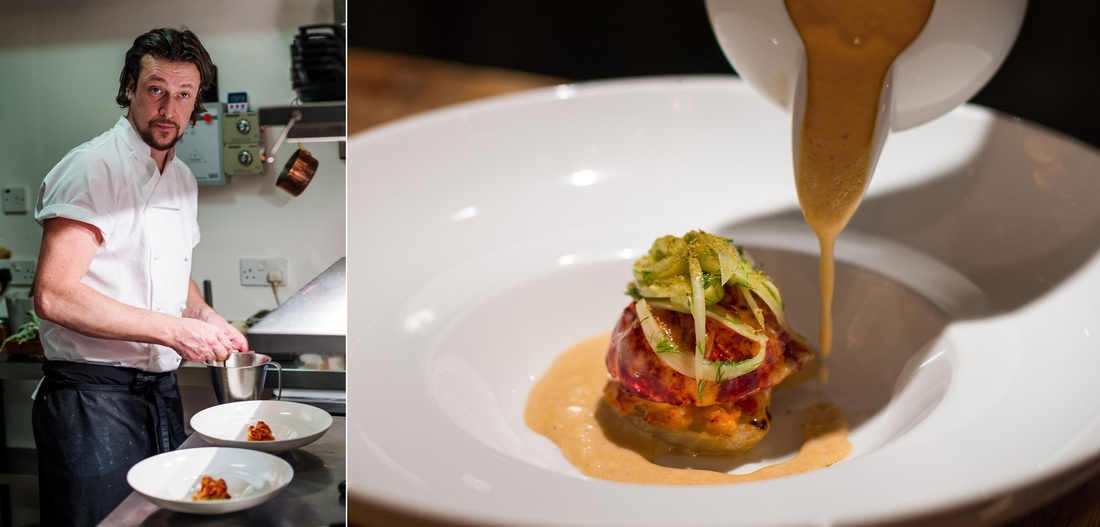
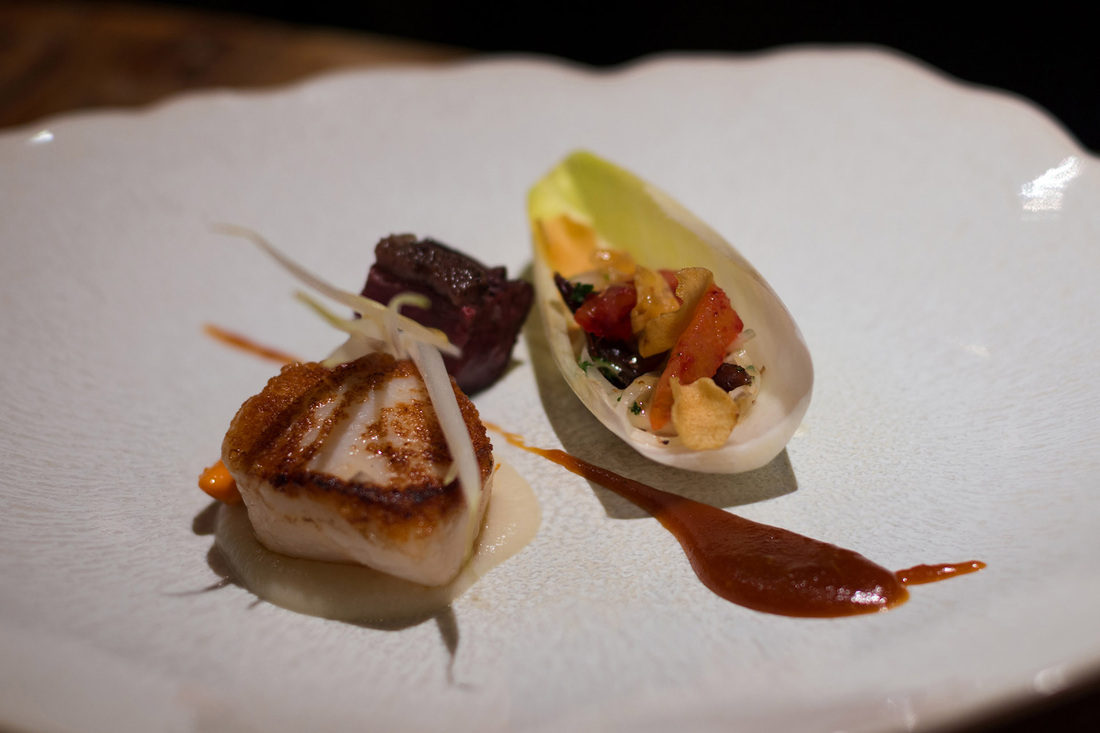
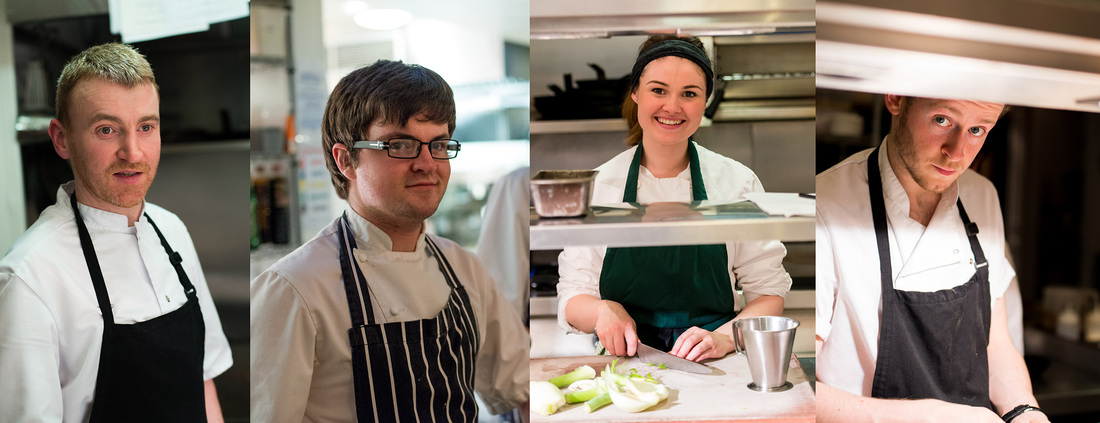

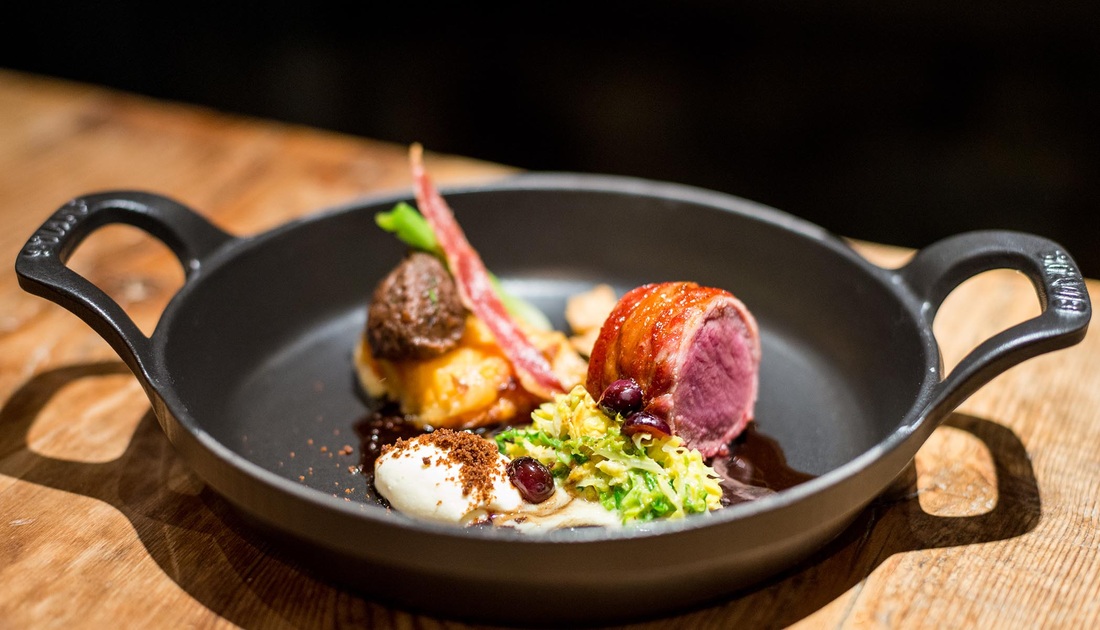
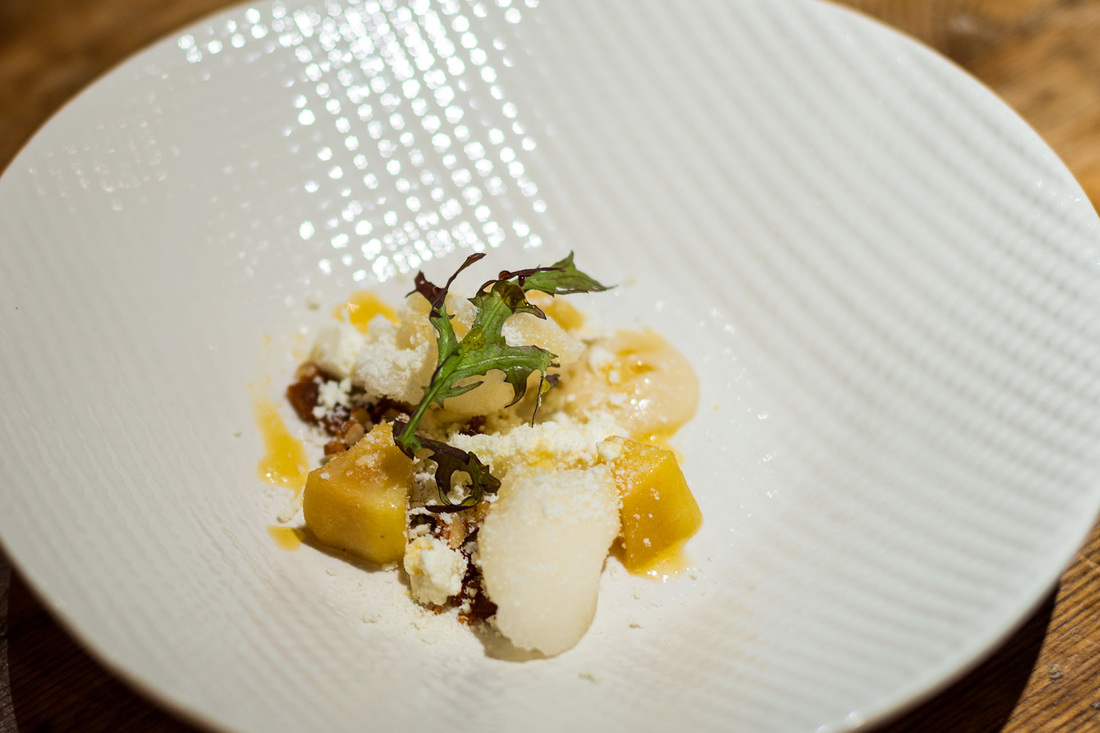
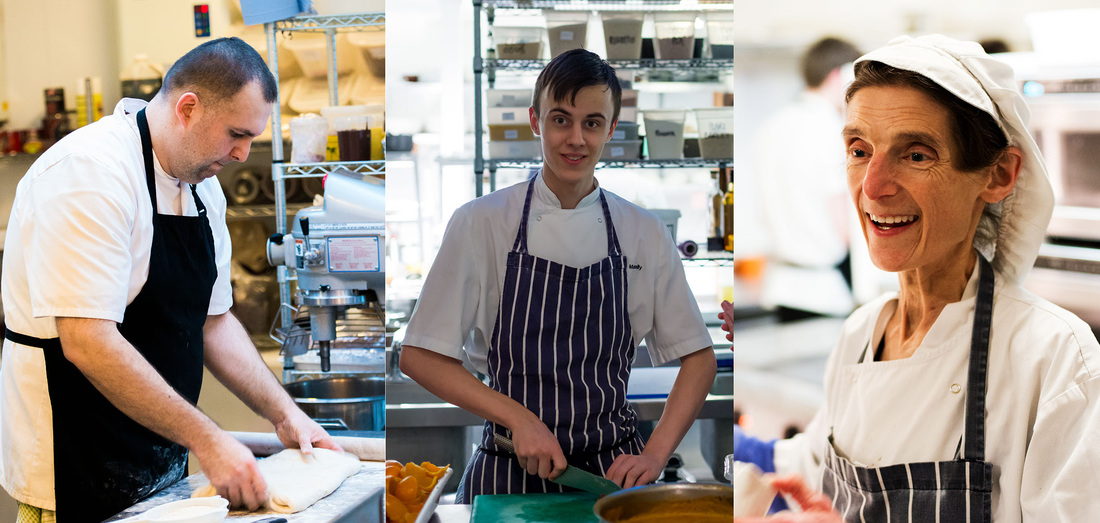
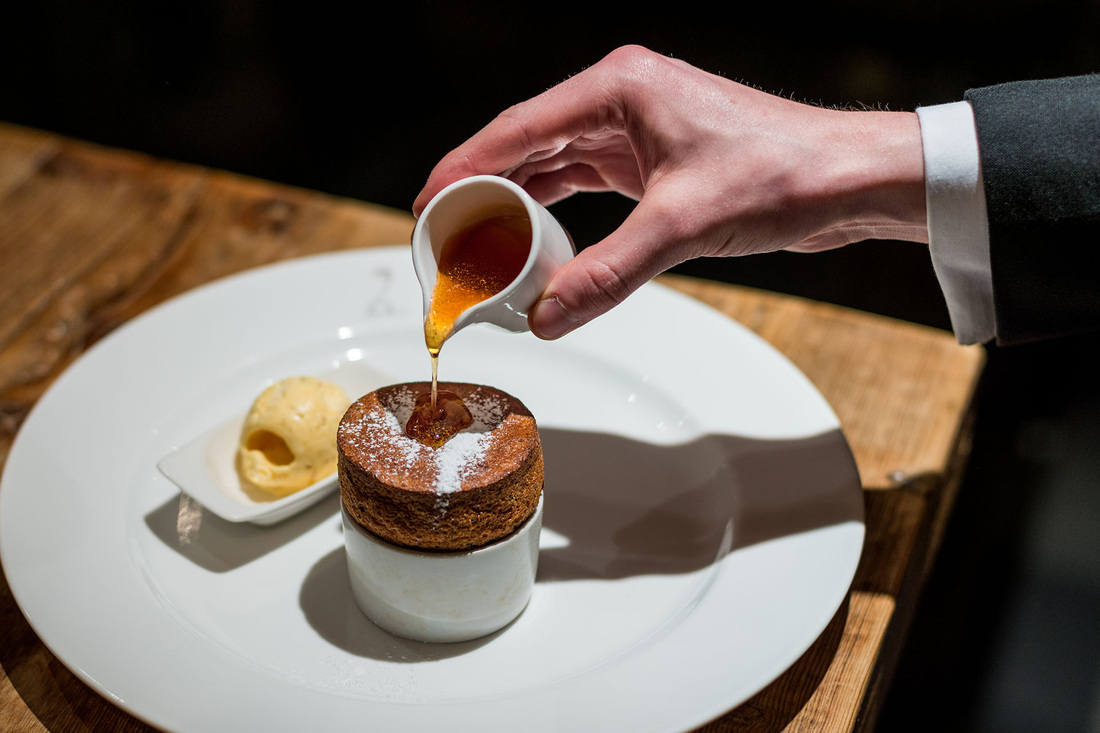
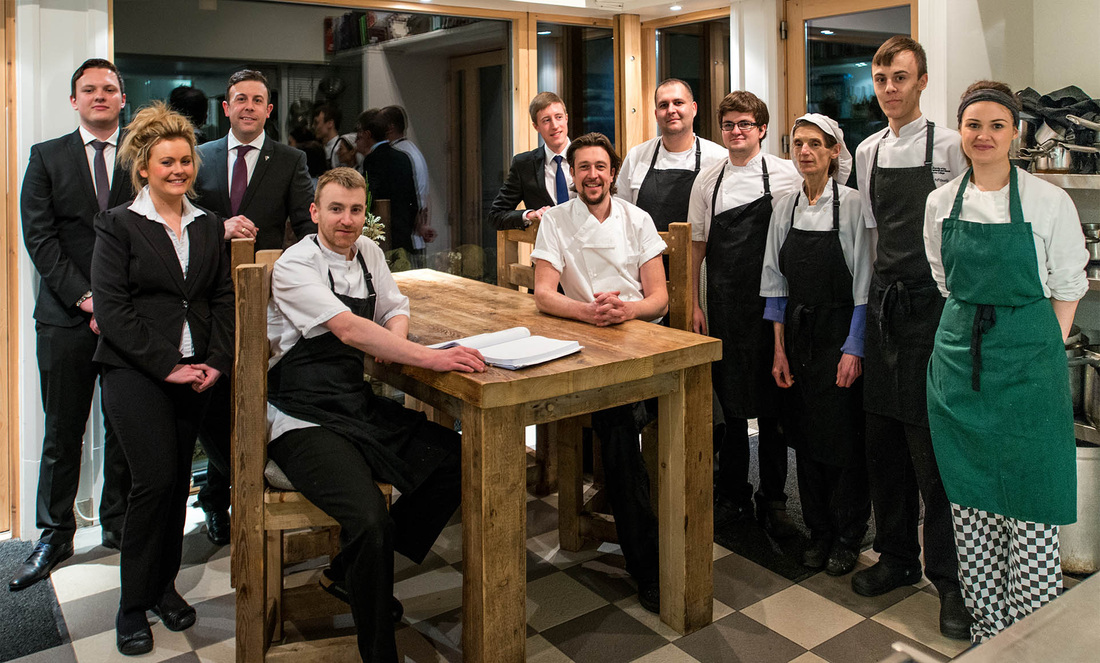


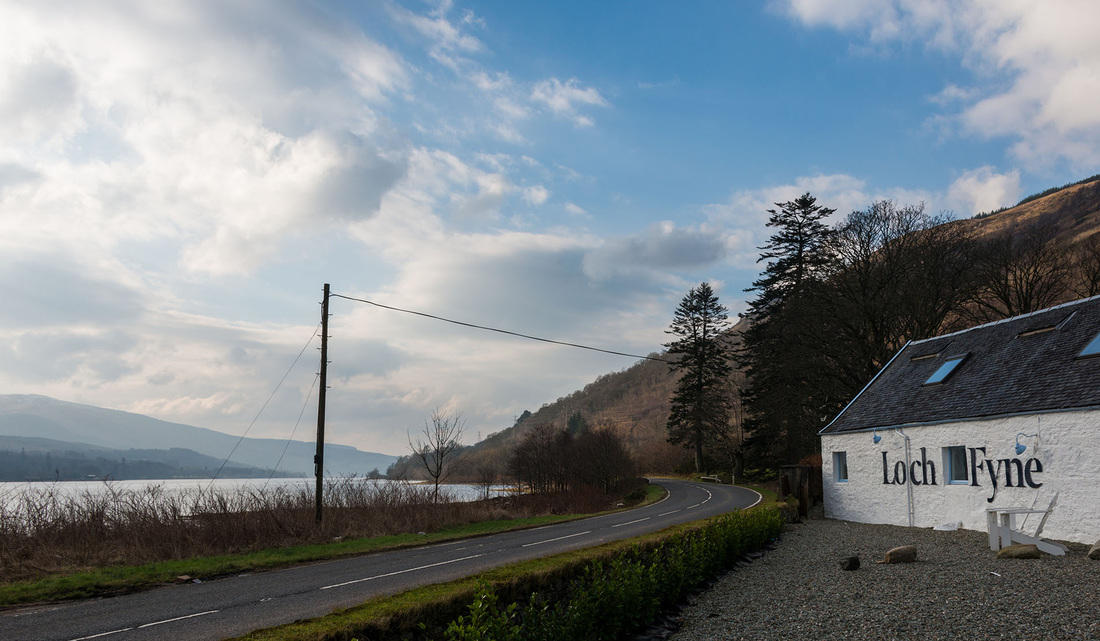
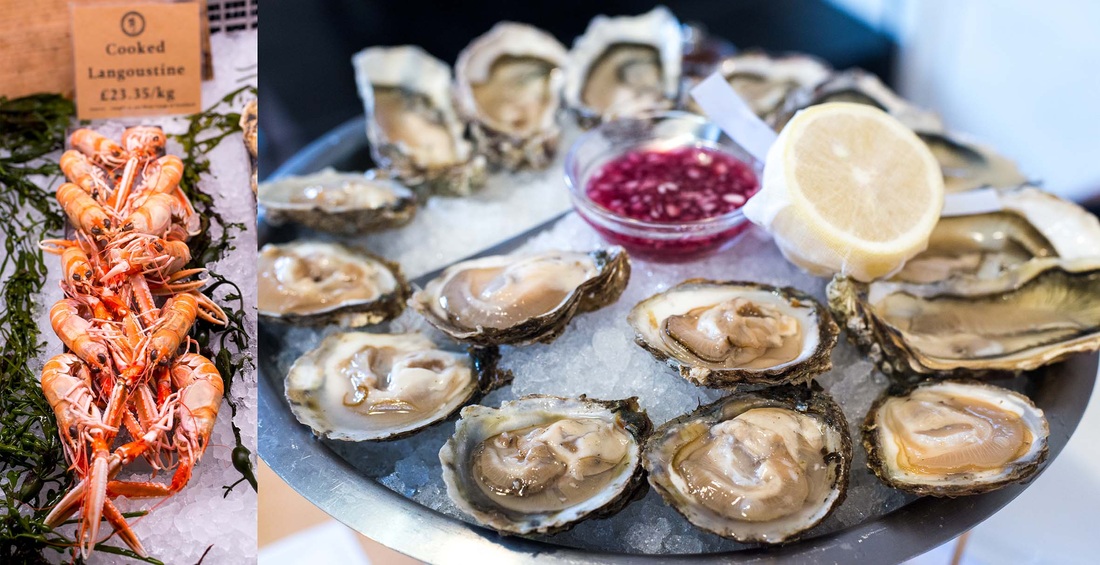
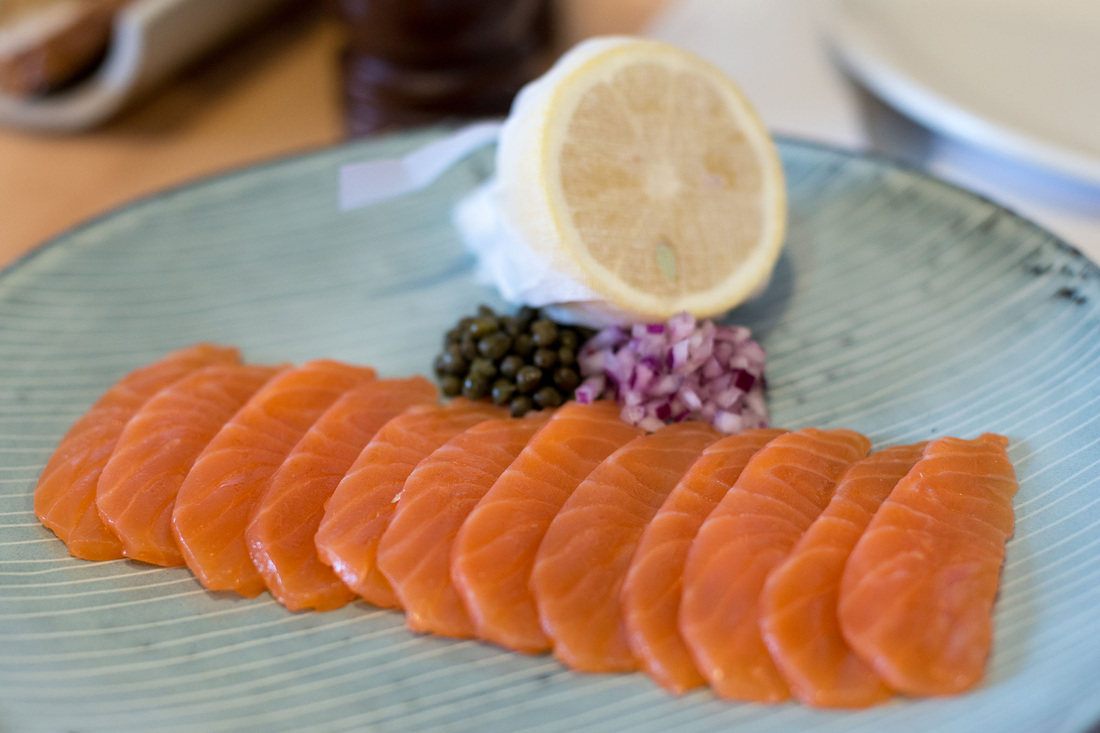
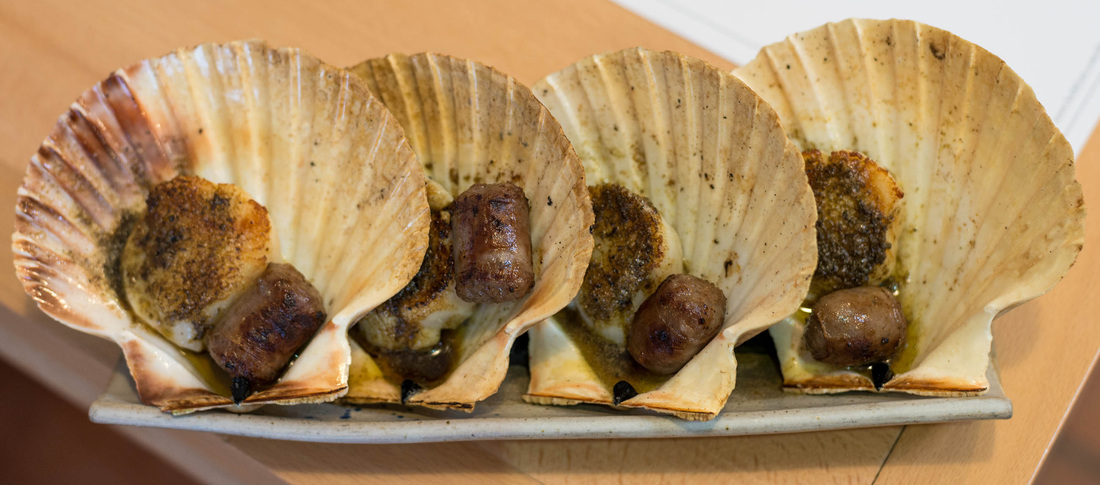
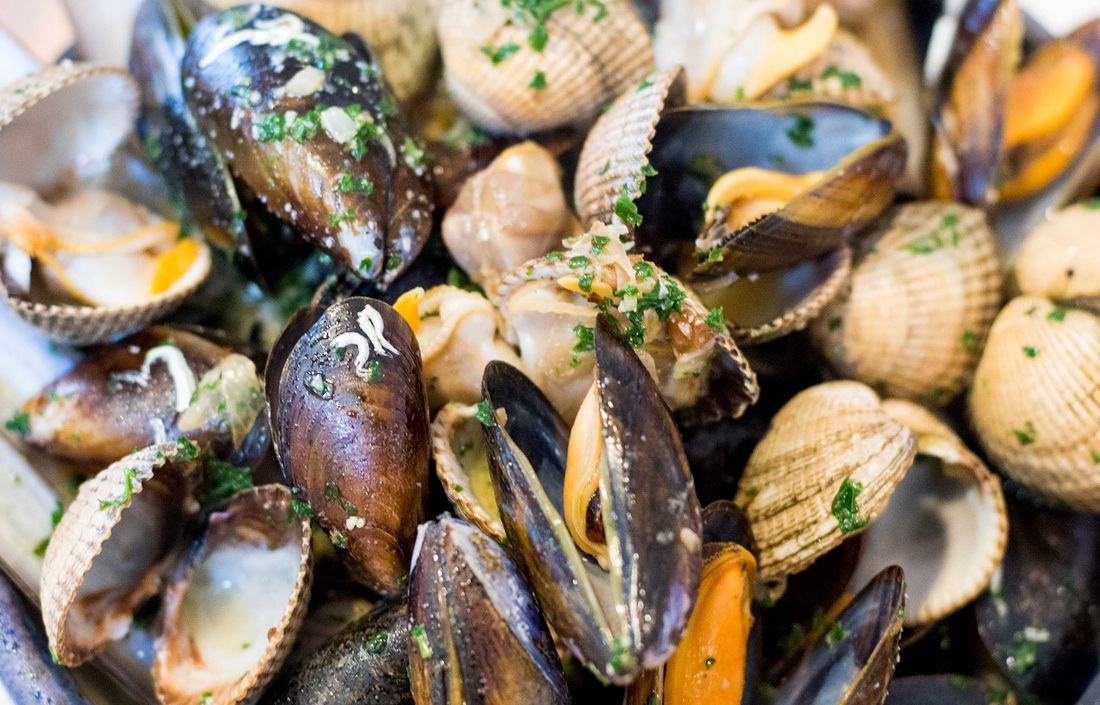
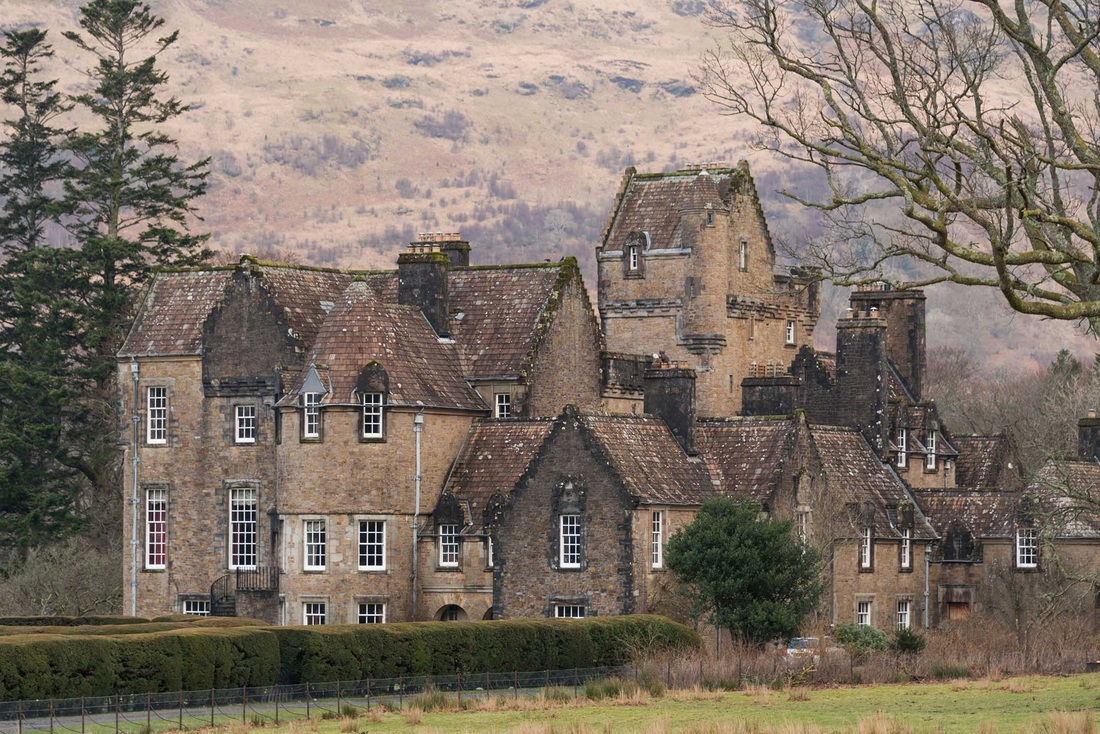
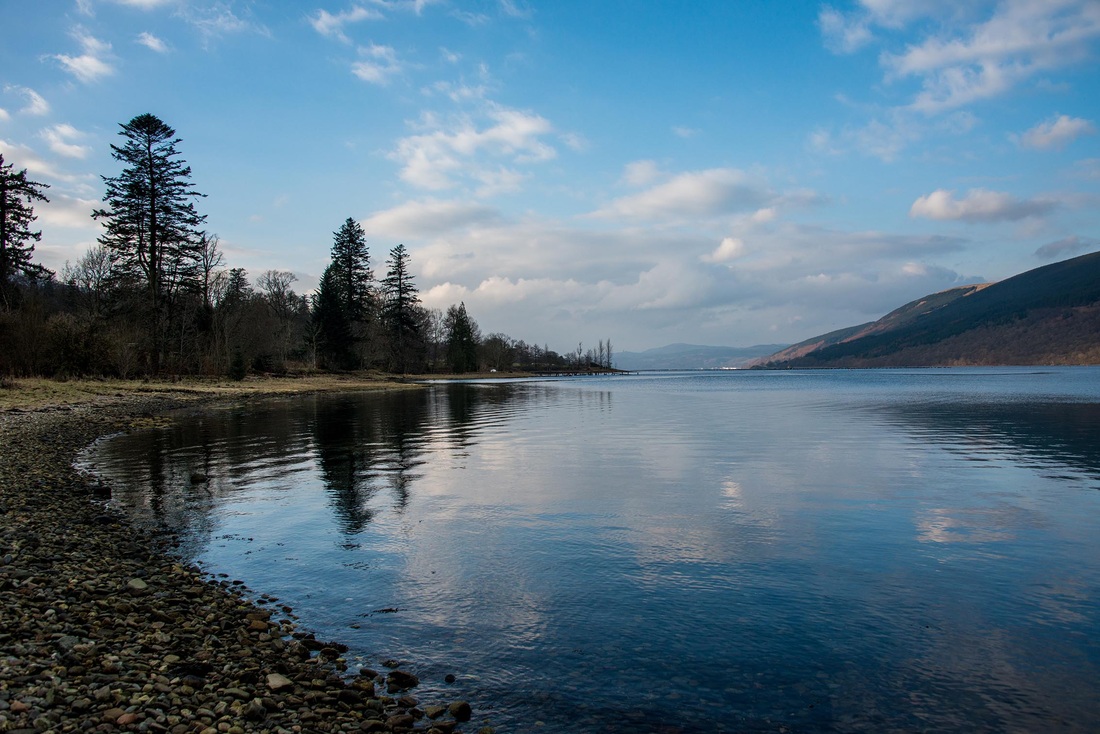
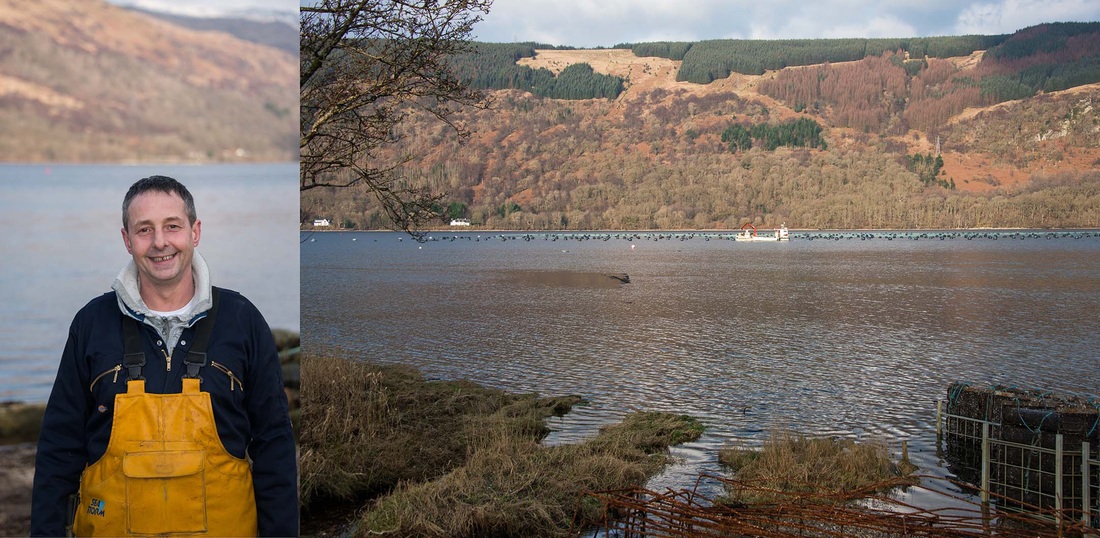
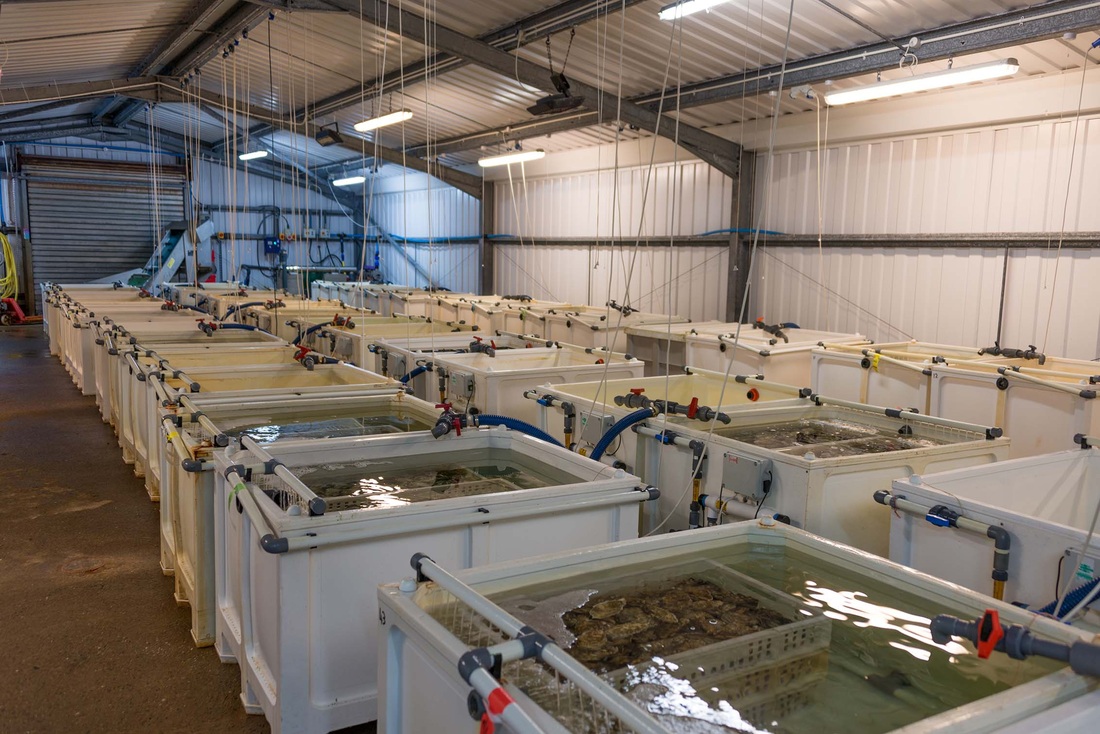
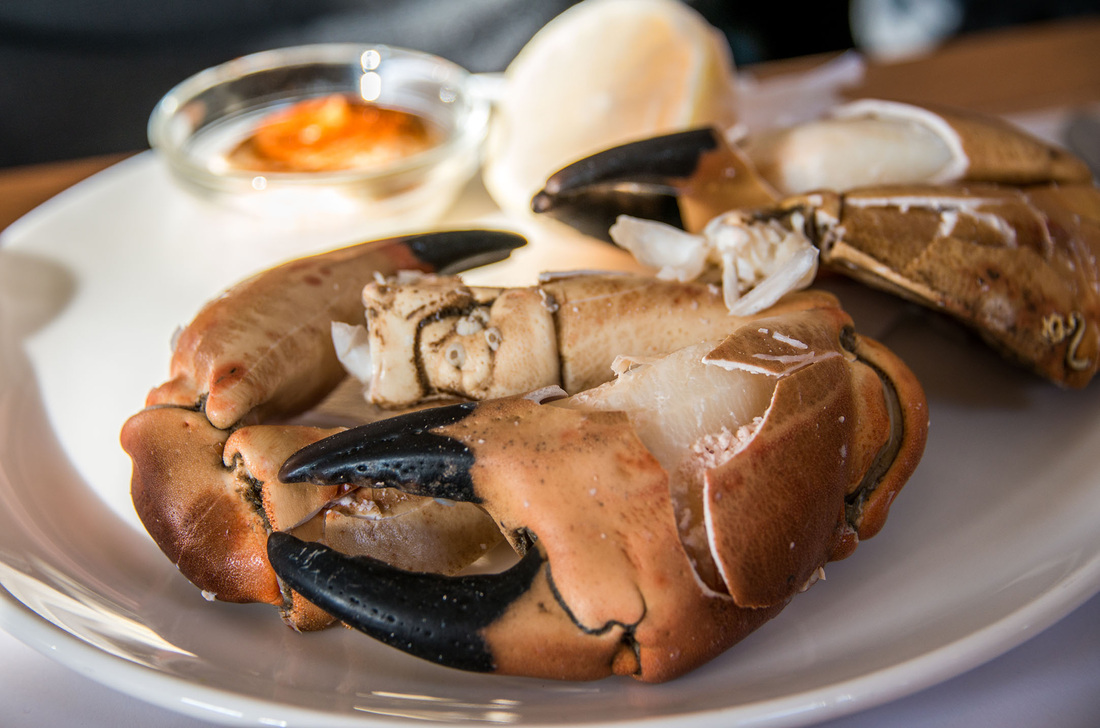
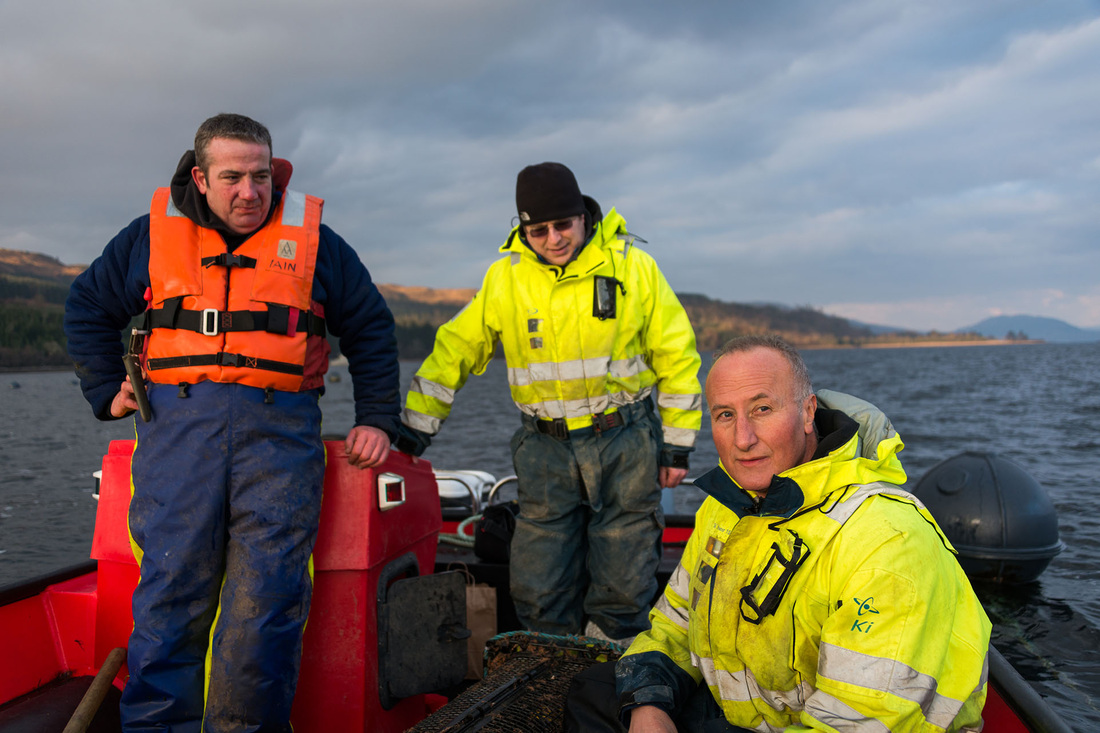
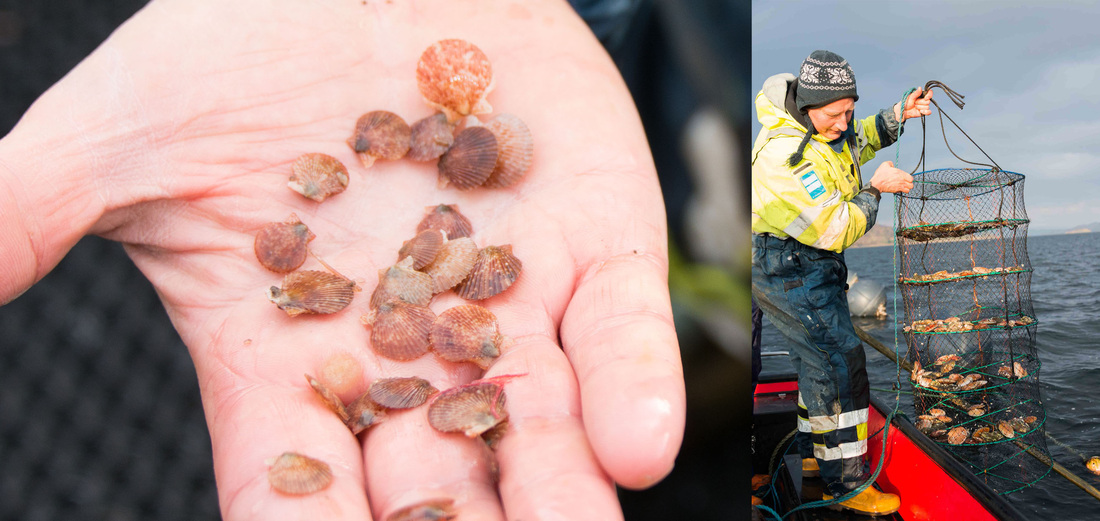
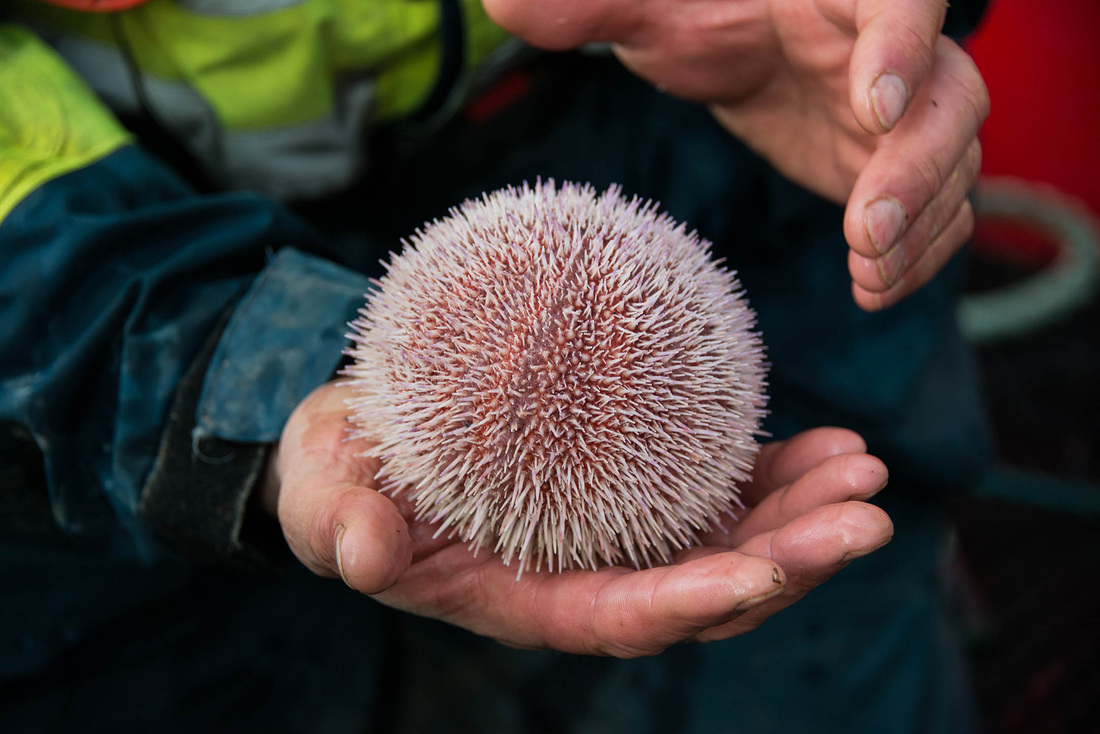
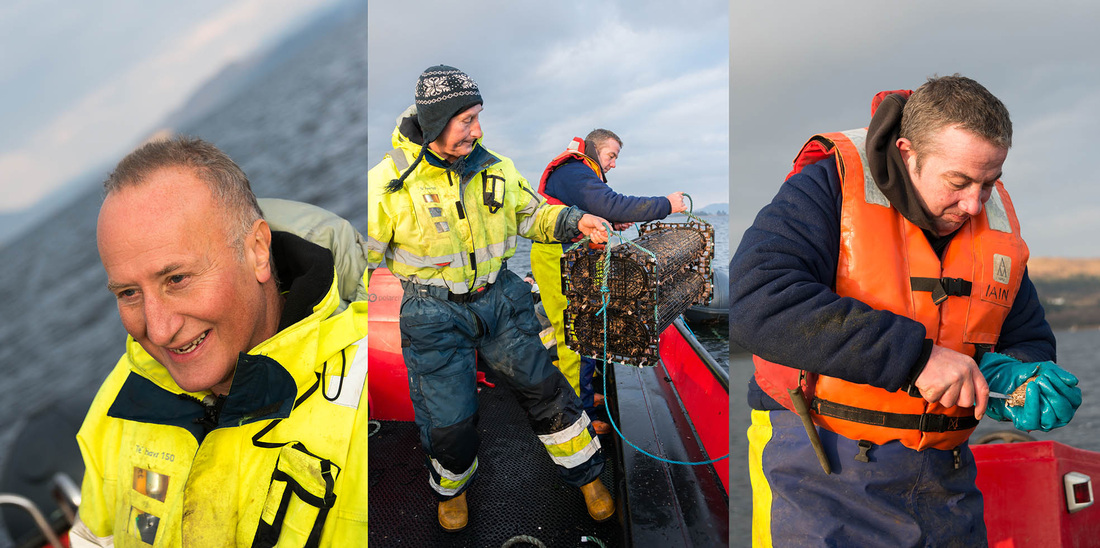
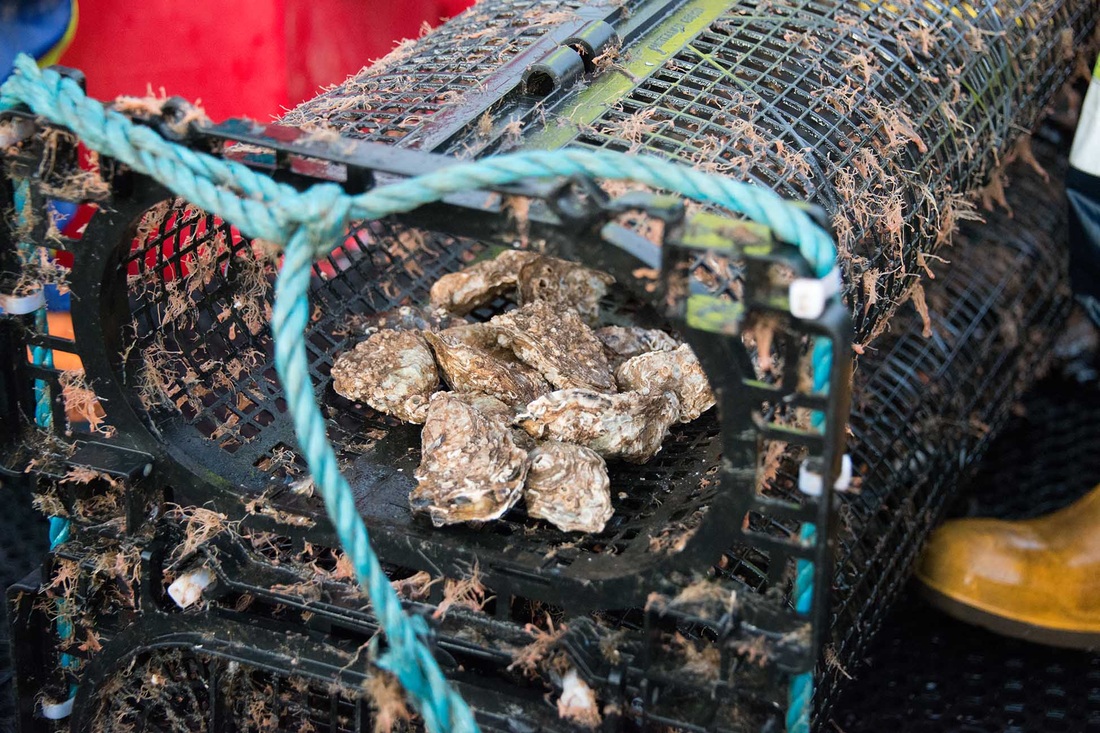

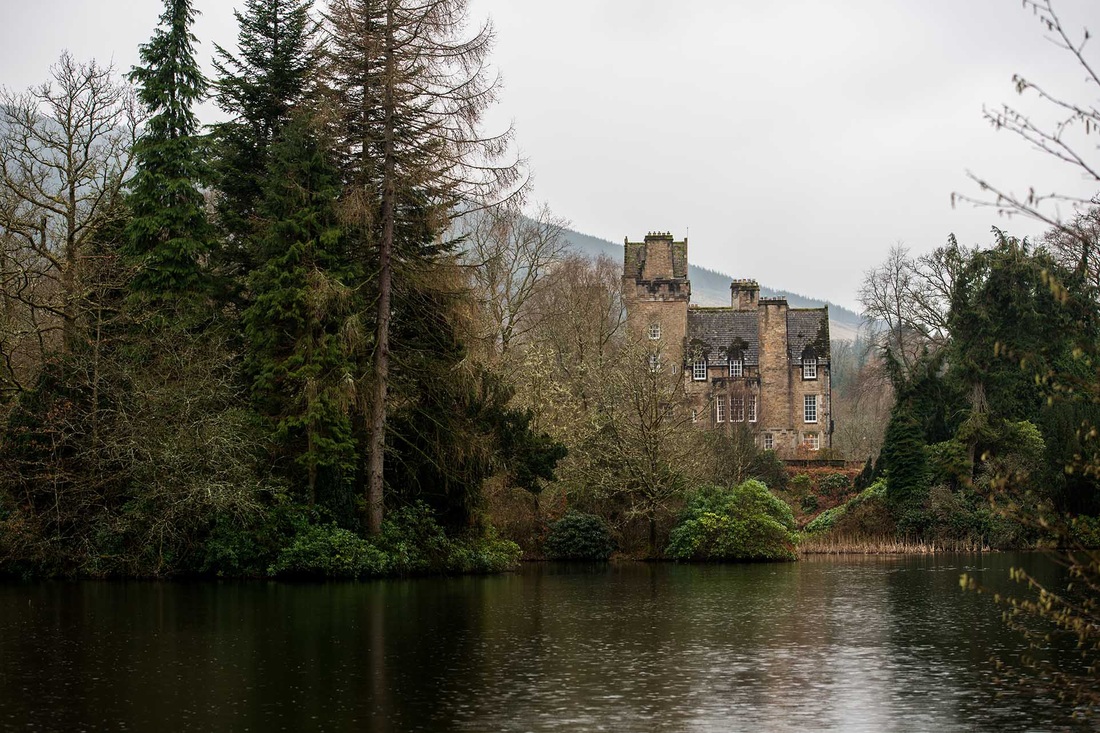
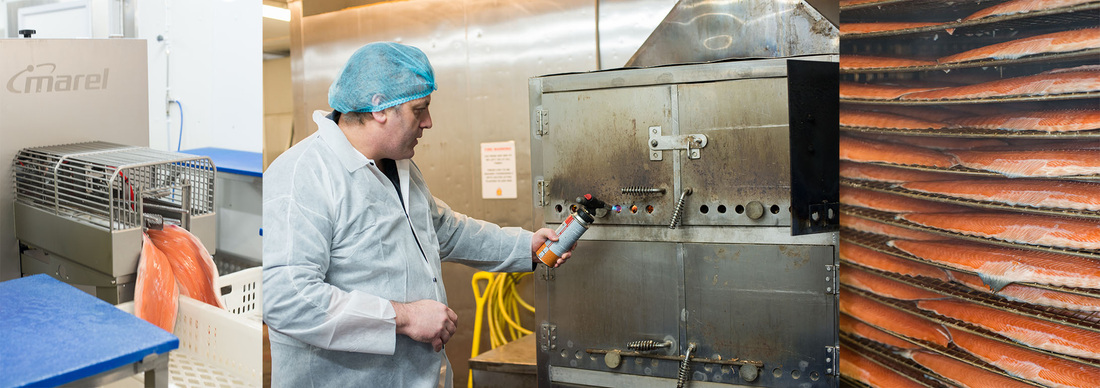
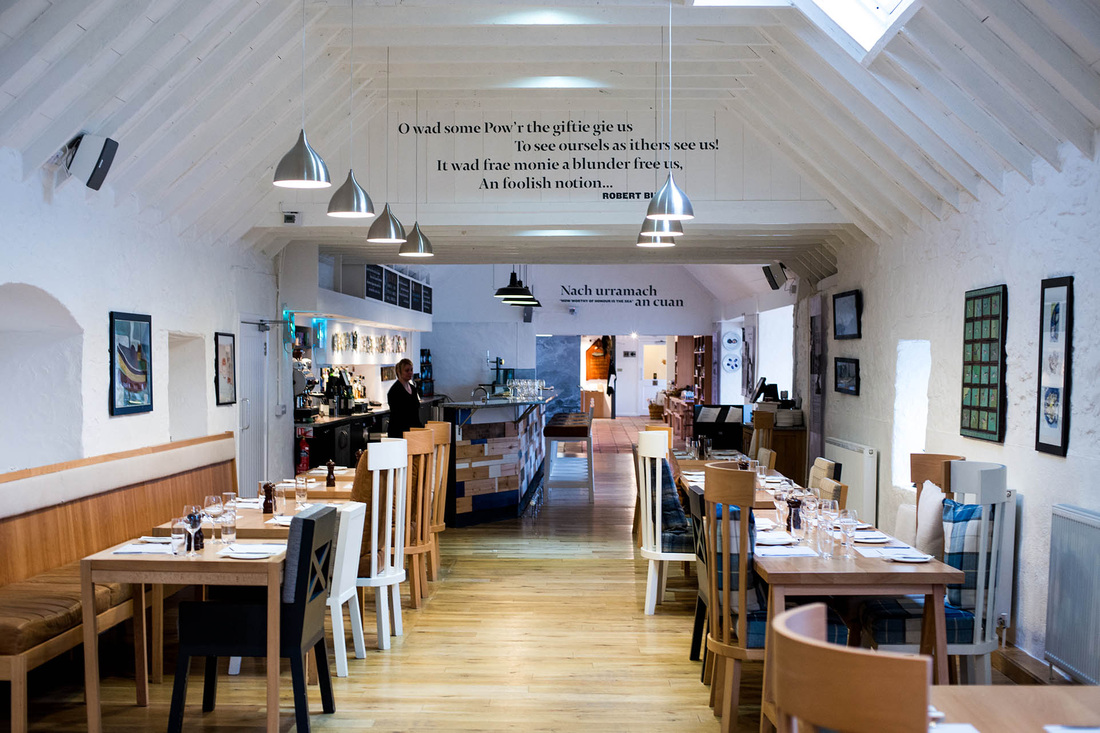

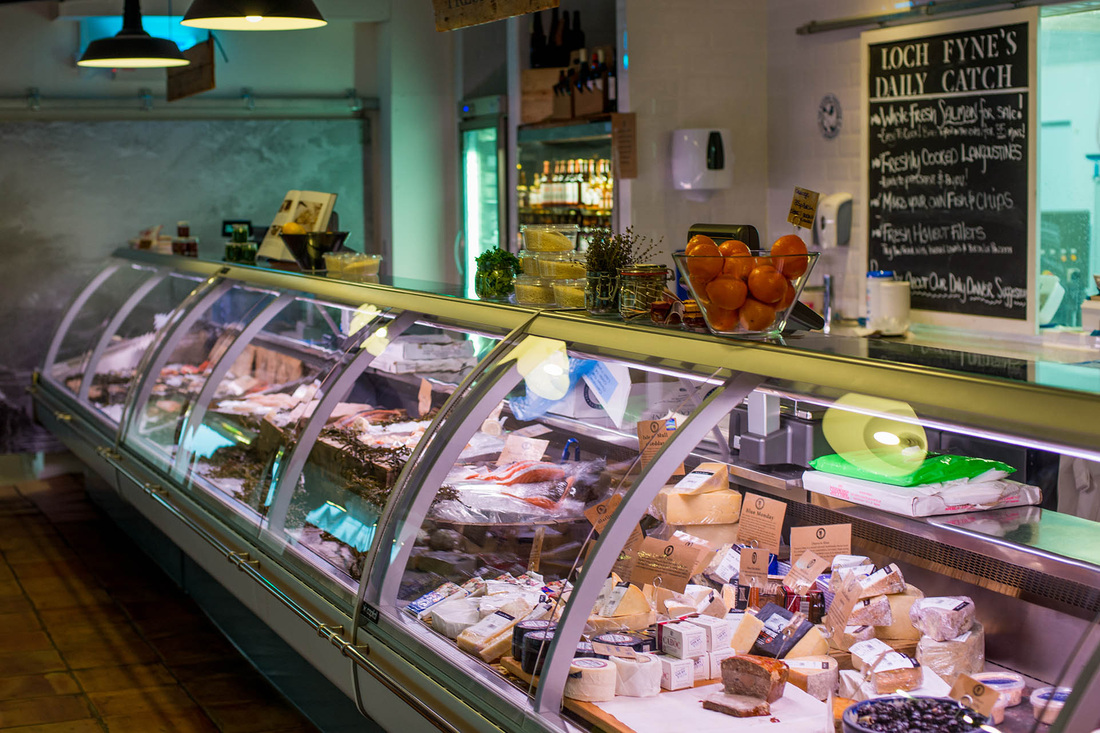
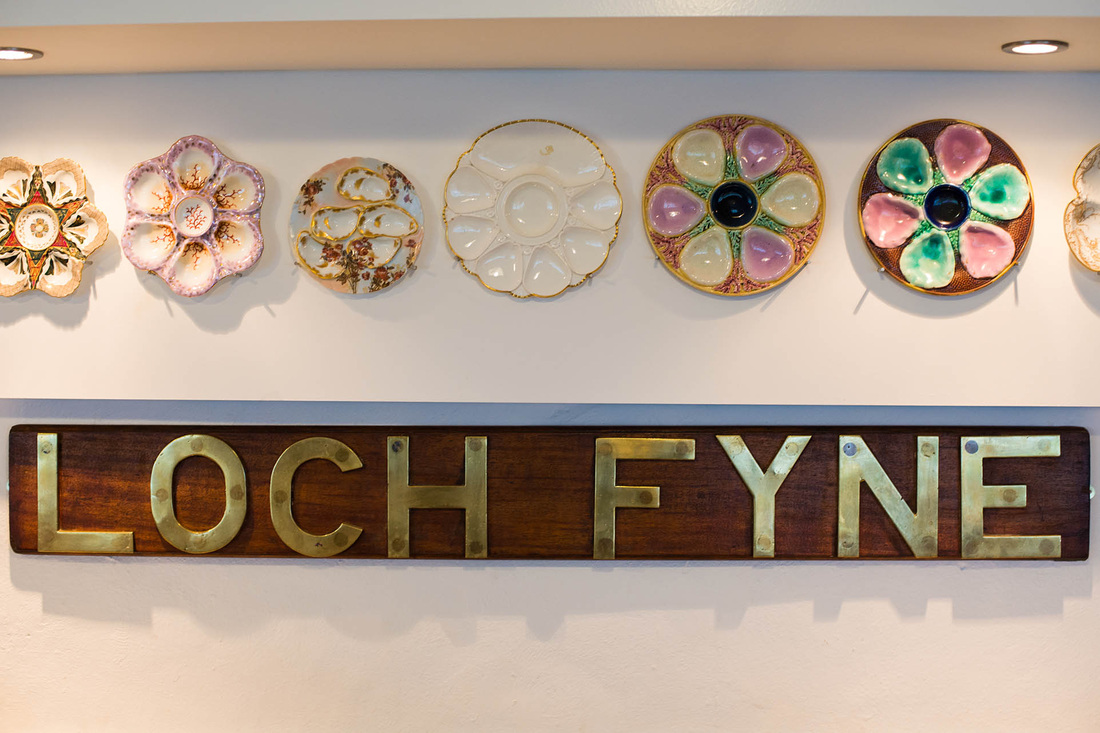

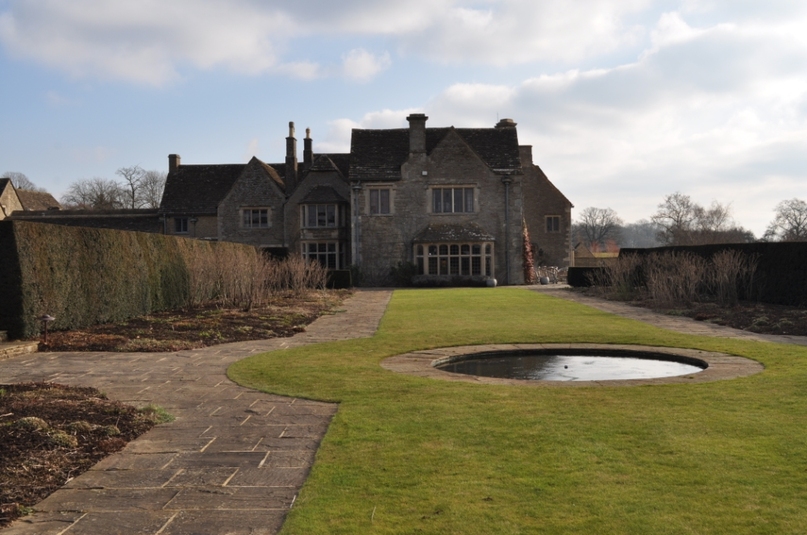




































































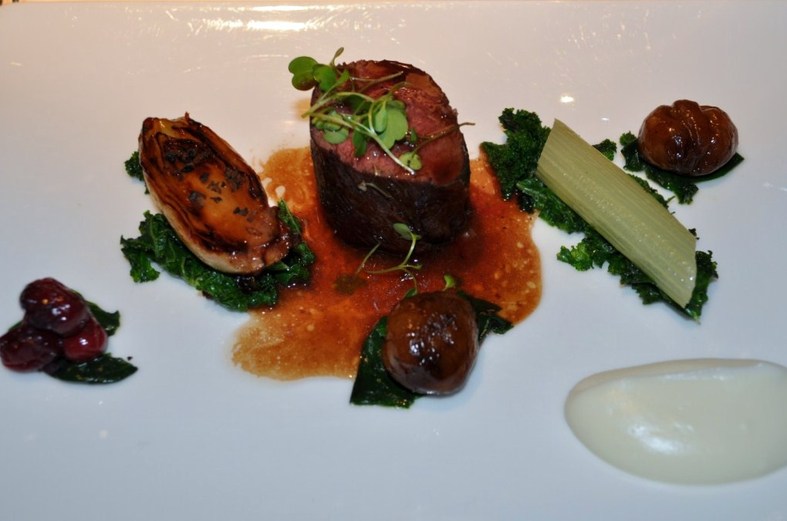
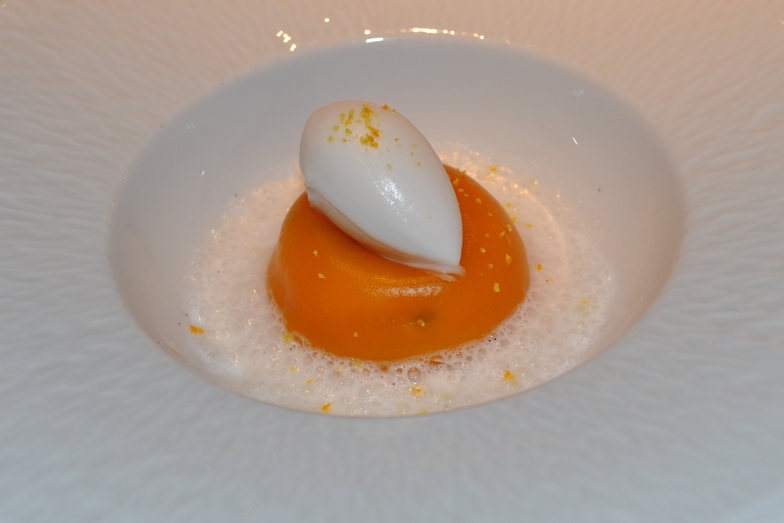
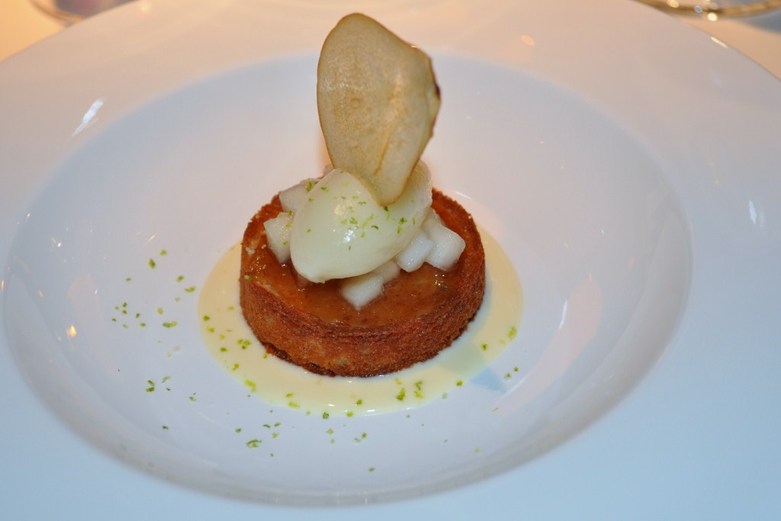
















































































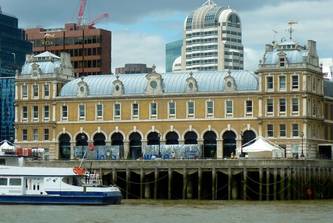
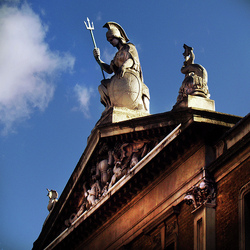

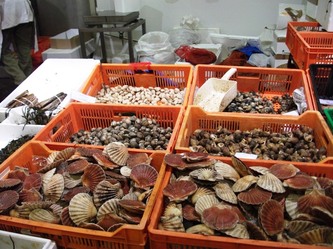
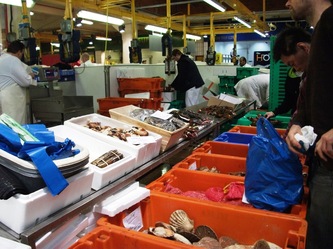
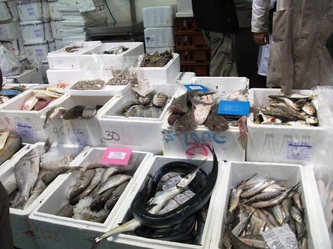
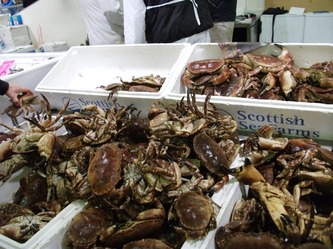
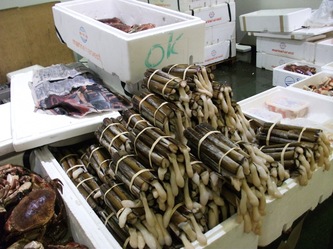

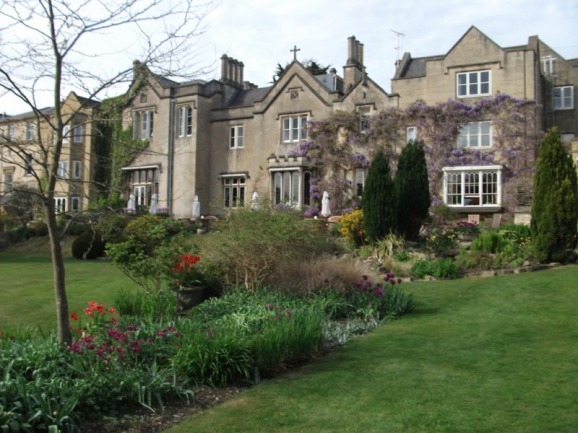
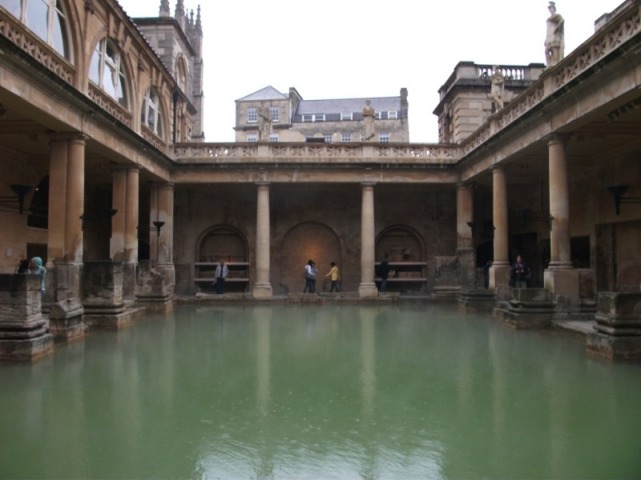

 RSS Feed
RSS Feed